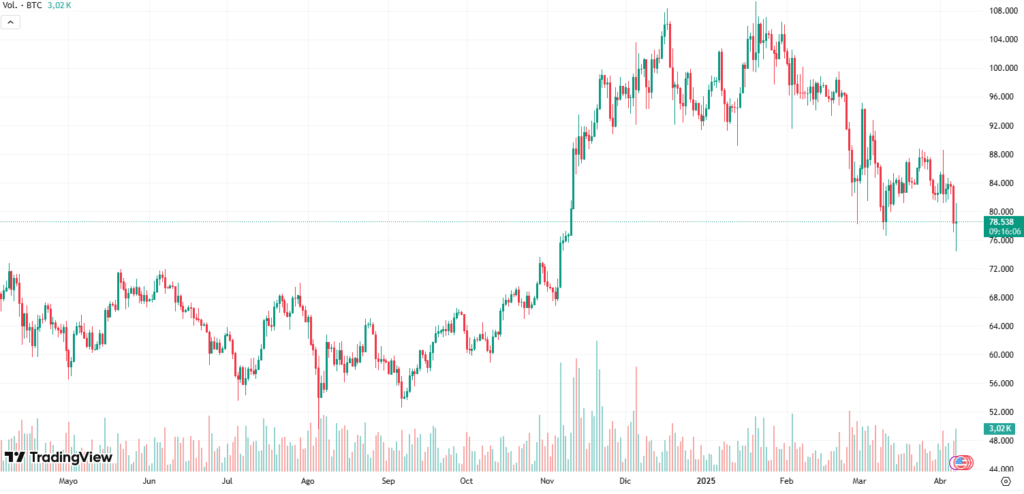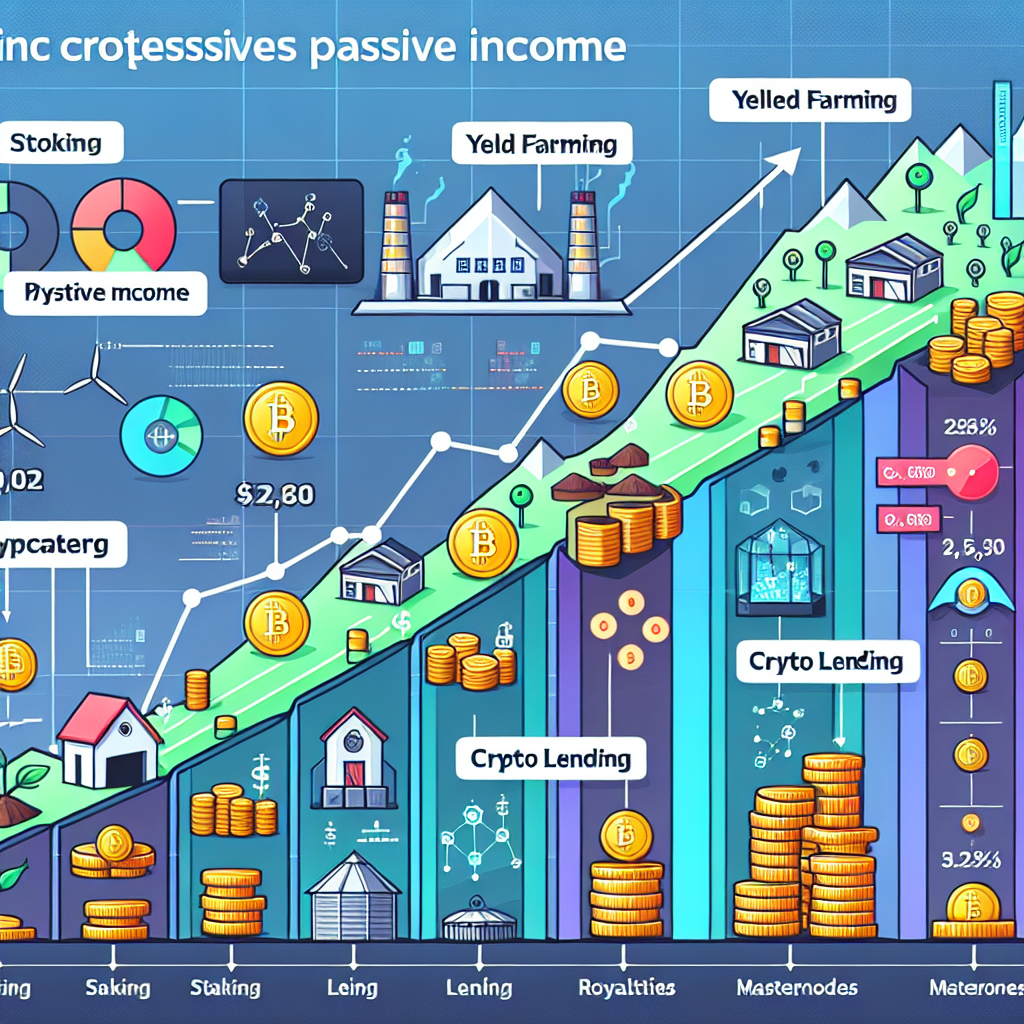
Bitcoin has once again made headlines by surpassing the $70,000 mark, a milestone that signals renewed investor confidence and growing institutional adoption. This latest rally has ignited excitement across the cryptocurrency market, but what are the key factors behind Bitcoin’s surge? Let’s break down the driving forces behind this historic price movement.
1. Institutional Adoption and ETF Boom
One of the most significant catalysts behind Bitcoin’s recent price increase is the growing institutional interest. In early 2024, the approval of spot Bitcoin exchange-traded funds (ETFs) by the U.S. Securities and Exchange Commission (SEC) provided mainstream investors with a regulated and accessible way to invest in Bitcoin. Major financial institutions, including BlackRock, Fidelity, and Grayscale, have launched Bitcoin ETFs, attracting billions of dollars in inflows.
This institutional involvement has provided Bitcoin with increased legitimacy and stability, reducing the perception of it being a speculative asset. As traditional investment firms continue allocating funds into Bitcoin, demand has skyrocketed, pushing prices upward.
2. Bitcoin Halving Anticipation
Another crucial factor influencing Bitcoin’s rise is the upcoming Bitcoin halving event, expected in April 2024. Bitcoin halvings occur approximately every four years, reducing the mining rewards by 50%. The previous three halving events have historically preceded significant bull runs due to the reduced rate of new Bitcoin supply entering the market.
This built-in scarcity mechanism is a fundamental aspect of Bitcoin’s economic model. Investors and traders often accumulate Bitcoin in anticipation of price appreciation post-halving, contributing to the current upward momentum.
3. Global Economic Uncertainty and Inflation Hedge
Macroeconomic conditions have also played a significant role in Bitcoin’s latest rally. With persistent inflation concerns and uncertainty surrounding traditional financial markets, investors are increasingly looking for alternative stores of value.
Gold has historically been a go-to asset during times of economic uncertainty, but Bitcoin has emerged as a “digital gold” alternative. Unlike fiat currencies that can be devalued through excessive money printing, Bitcoin’s supply is fixed at 21 million coins, making it an attractive hedge against inflation.
Additionally, geopolitical tensions, such as conflicts and trade wars, have led investors to seek decentralized assets that are not directly influenced by governmental policies or central banks. Bitcoin’s decentralized nature ensures that it remains resilient in times of financial instability.
4. Increased Retail Participation
Retail investors have also played a critical role in Bitcoin’s latest surge. With growing mainstream awareness and easier access to cryptocurrency trading through platforms like Coinbase, Binance, and Robinhood, more individuals are entering the market.
Social media platforms, financial influencers, and high-profile endorsements have further fueled retail participation. The fear of missing out (FOMO) has also driven new investors into the market, accelerating Bitcoin’s price gains.
5. Technological Advancements and Lightning Network Adoption
Beyond price speculation, Bitcoin’s underlying technology has continued to improve. The increasing adoption of the Lightning Network, a second-layer solution designed to enhance Bitcoin’s scalability and transaction speed, has made it more practical for everyday transactions.
Furthermore, advancements in Bitcoin ordinals and inscriptions, which allow users to inscribe data on the Bitcoin blockchain, have contributed to new use cases, including NFTs and digital assets. These innovations have increased network activity and demand, further supporting Bitcoin’s price appreciation.
6. Supply and Demand Dynamics
Bitcoin’s finite supply plays a fundamental role in its price dynamics. Unlike traditional assets that can be produced in unlimited quantities, Bitcoin has a hard cap of 21 million coins. With institutional investors, long-term holders, and retail traders accumulating Bitcoin, the available supply on exchanges has dwindled, leading to higher prices due to increased demand.
What’s Next for Bitcoin?
While Bitcoin’s surge past $70,000 is exciting, investors must remain cautious. The cryptocurrency market is historically volatile, and price corrections are common. Here are a few key considerations moving forward:
- Regulatory Developments: Governments and regulatory bodies worldwide continue to assess and implement cryptocurrency regulations. Any sudden regulatory actions could impact Bitcoin’s price momentum.
- Market Corrections: After significant price increases, Bitcoin often experiences pullbacks before continuing its upward trajectory. Investors should be prepared for potential volatility.
- Adoption Trends: As more businesses and institutions integrate Bitcoin into their financial strategies, its long-term value proposition strengthens.

Conclusion
Bitcoin surpassing $70,000 is a landmark moment that reflects the growing adoption and confidence in digital assets. Institutional interest, the upcoming halving, global economic factors, retail participation, and technological advancements have all contributed to this historic rally. While the future remains uncertain, Bitcoin’s ability to maintain its position as a dominant financial asset continues to captivate investors worldwide.
As the cryptocurrency landscape evolves, staying informed and understanding the factors influencing Bitcoin’s price movements will be crucial for both seasoned and new investors. Whether Bitcoin continues its upward trend or faces short-term corrections, one thing is certain: it remains a key player in the future of finance.




